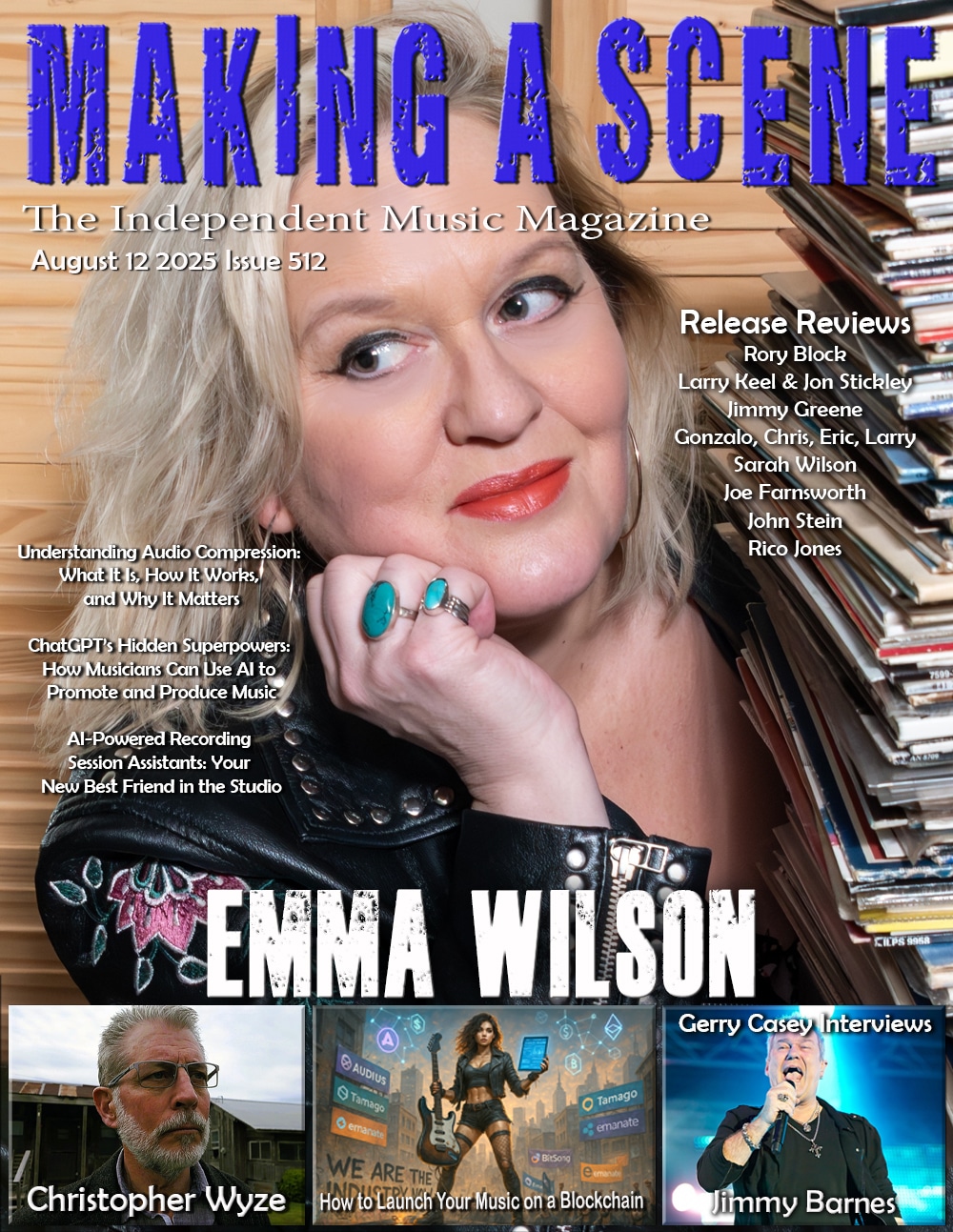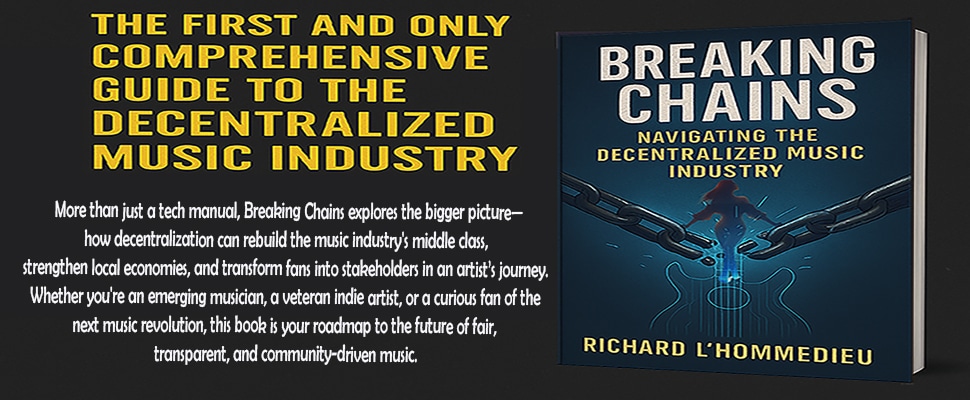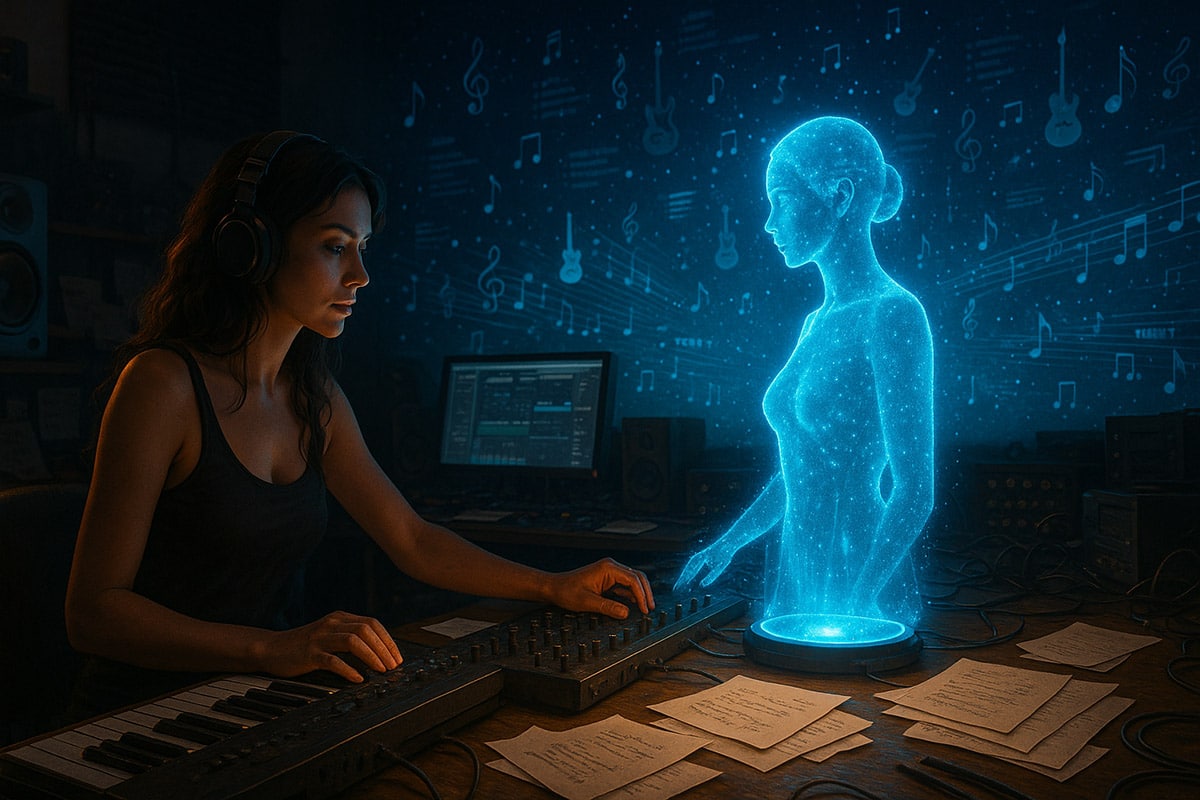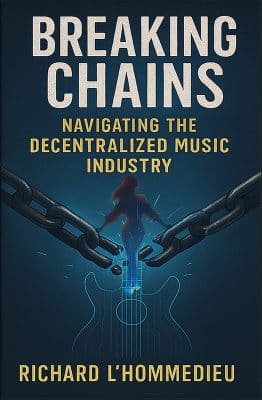From DAW to GAW: The Next Evolution of Music Production Tools
Making a Scene Presents – From DAW to GAW: The Next Evolution of Music Production Tools
There was a time when musicians looked at drum machines with suspicion. In the late 1970s and early 1980s, as Roland and Linn began introducing programmable rhythm boxes, some traditionalists claimed it would be the end of real drummers. Then came MIDI—Musical Instrument Digital Interface—in 1983, and the panic doubled. Suddenly, synths, samplers, sequencers, and computers could all talk to each other. What would happen to live players? Would machines replace the soul of music?
Fast forward to today, and drum machines are an essential tool for nearly every genre. MIDI is a core part of every digital studio. And not only did these technologies not destroy music—they helped it evolve. Hip-hop, EDM, synthpop, trap, and even modern rock owe much of their sound and structure to those early tools.
Now, we’re on the edge of another major shift—possibly the biggest one yet: the move from DAWs (Digital Audio Workstations) to GAWs (Generative Audio Workstations). And just like with MIDI and drum machines, people are nervous. Ok, maybe nervous is an understatement. I remember the Music Industry as a whole was running around like their hair was on fire over these new technologies! Just like then we are asking the same questions. Will AI-generated music kill human creativity? Or will it expand it?
The answer, like before, depends on how we choose to use the tools.
What Is a GAW, and How Is It Different?
A Digital Audio Workstation—your Studio One, Cuebase, Pro Tools, Logic, Ableton, Reaper, FL Studio—is a powerful digital version of the analog studio. It lets you record instruments, stack tracks, chop samples, move parts around, and mix everything down. But it’s all user-driven. If you don’t sing, play, or click, nothing happens.
A Generative Audio Workstation, on the other hand, uses artificial intelligence to actually create music alongside you. You type a prompt—“moody jazz with upright bass and soft vocals”—and the AI generates a track that fits. It might give you chords, lyrics, melodies, or full compositions. You can then tweak it, change the structure, and layer your own parts on top.
In essence, it’s like having a virtual co-writer, producer, and arranger all in one.
Imagine sitting in a studio in the 1980s with your Yamaha DX7 connected to a MIDI sequencer. You could tap out a pattern, loop it, sync it to your drum machine, and suddenly you had the backbone of a song. With GAWs, you skip even those steps. The song begins to form at the idea stage, not the instrument stage.
This is the natural evolution of the studio—not the replacement of musicians, but the expansion of their powers.
Expanding Creativity and Efficiency in the Studio
Let’s say you’re a songwriter with a great lyric, but no idea what chords go with it. Or maybe you’re a beatmaker trying to create a new vibe that blends lo-fi hip hop with ambient guitar. In a traditional DAW, you’d need to either play it all yourself, or spend hours hunting down loops, samples, or plugins.
But in a GAW, you just tell the system what you’re imagining.
You might write:
“Make a slow, lo-fi beat with ambient guitar textures and a dreamy synth melody.”
A few moments later, the GAW returns a fully formed idea. You can keep it, regenerate it, or dive into the MIDI and make changes. Want to add your own guitar part or record vocals? No problem. You’re not locked in—you’re supported. The generative tool becomes the starting point, not the final product.
This is creativity at light speed. It doesn’t remove your artistic voice—it amplifies it. The same way MIDI let one keyboard player control an entire orchestra of sounds, GAWs let one artist explore dozens of musical paths without needing to switch instruments, open new sessions, or second guess every chord change.
And for producers working with clients, this kind of flexibility is gold. You can test ideas in real time. You can send quick drafts for feedback. You can experiment without fear of wasting time or money.
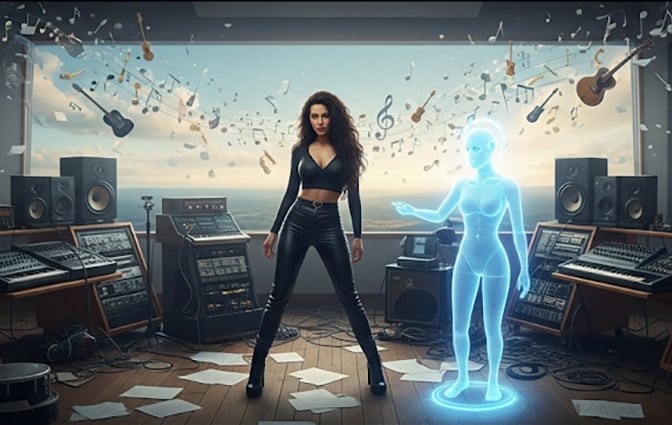
GAWs Leading the Charge
Let’s look at some of the tools pioneering this new world.
Suno has made big waves by allowing users to create full songs—music, lyrics, vocals, arrangements—just by typing a sentence. It’s already being used by songwriters, content creators, and even professional artists to rapidly generate demos and new ideas.
Udio takes a more polished approach, offering high-quality, AI-assisted song generation based on mood, genre, and tempo. You can steer the output toward commercial pop, cinematic orchestration, or anything in between.
AIVA began as a tool for composers working on film scores and symphonic music. It’s since evolved into a robust generative composer that outputs editable sheet music, MIDI, and audio tracks for further production.
Boomy is built for speed. You choose a genre and some settings, and within minutes, you’ve got a full track. It’s been described as the TikTok of music creation, giving anyone a way to make and publish songs instantly.
Amper Music, now part of Shutterstock, is focused on royalty-free music for video, podcast, and commercial production. You choose the vibe, and Amper delivers a studio-quality track ready for use.
Soundful leans into beatmaking. With genre templates like EDM, trap, reggaeton, and lo-fi, it’s a playground for producers who want to kickstart tracks and export stems for deeper DAW editing.
Ecrett Music simplifies music generation for content creators. Choose a scene, a mood, and a genre, and Ecrett outputs a loopable audio track for YouTube, games, or live streams.
Riffusion takes a totally different route, generating music using visual spectrograms and diffusion models. It’s experimental, weird, and exciting—perfect for sound designers and avant-garde composers.
How DAWs Can Evolve with GAWs
Just like drum machines and midi didn’t kill drummers—but instead they ended up in every studio (Even Drumers) as part of every DAW package on the market—GAWs aren’t replacing DAWs. They’re become part of them as valuable Production tools. Just like Samples and Loops have become a way to add instruments you do not have the proficiency to perform on, these new AI tools will expand that ability in the future making all instruments and performances available to all musicians, producers and songwriters. No need to learn how to play a keyboard or load samples onto pads, you can explain your idea and AI can help you execute it.
Already, we’re seeing AI-powered plugins that generate chord progressions, basslines, and harmonies inside existing DAWs. Tools like Orb Composer, Scaler 3, and Captain Plugins use machine learning to suggest musical ideas based on genre or mood. These are early examples of GAW tech becoming part of the DAW ecosystem.
Soon, we’ll likely see full generative panels built into DAWs. Imagine opening Ableton Live and having a “Create New Idea” button that brings up a prompt box. Type in what you want, and a clip appears—already in your session, ready to loop or edit. Or in Logic Pro, imagine a smart drummer that doesn’t just follow a groove, but writes an entire rhythm section based on your song’s mood and lyrics.
We’re also seeing new tools that allow you to train AI models on your own music. That means you could feed in your back catalog and have the AI help you write new material that stays true to your unique sound. The GAW becomes not just generative—but personalized.
Embracing the Future Without Losing the Past
The shift from DAW to GAW is big—but it’s not the first big change in music production. The same fear that greeted drum machines, MIDI, and even auto-tune is showing up again with AI.
But history shows us that new tools don’t kill creativity—they fuel it. They challenge us to rethink how we work, to break free from old habits, and to explore new ways of expressing ourselves. Musicians who embraced MIDI created entire new genres. Producers who learned to use samplers built the foundation of hip-hop.
Now, those who learn how to collaborate with AI and GAWs will shape the next chapter of music history.
So don’t fear the machine. Teach it. Guide it. Work with it. Whether you’re running a professional studio, recording at home, or just starting out, GAWs give you more creative power than ever before.
The tools are changing. The music is evolving. But the heart of it all—your voice, your ideas, your emotion—still comes from you.
Buy Us a Cup of Coffee!
Join the movement in supporting Making a Scene, the premier independent resource for both emerging musicians and the dedicated fans who champion them.
We showcase this vibrant community that celebrates the raw talent and creative spirit driving the music industry forward. From insightful articles and in-depth interviews to exclusive content and insider tips, Making a Scene empowers artists to thrive and fans to discover their next favorite sound.
Together, let’s amplify the voices of independent musicians and forge unforgettable connections through the power of music
Make a one-time donation
Make a monthly donation
Make a yearly donation
Buy us a cup of Coffee!
Or enter a custom amount
Your contribution is appreciated.
Your contribution is appreciated.
Your contribution is appreciated.
DonateDonate monthlyDonate yearlyYou can donate directly through Paypal!
Subscribe to Our Newsletter
Order the New Book From Making a Scene
Breaking Chains – Navigating the Decentralized Music Industry
Breaking Chains is a groundbreaking guide for independent musicians ready to take control of their careers in the rapidly evolving world of decentralized music. From blockchain-powered royalties to NFTs, DAOs, and smart contracts, this book breaks down complex Web3 concepts into practical strategies that help artists earn more, connect directly with fans, and retain creative freedom. With real-world examples, platform recommendations, and step-by-step guidance, it empowers musicians to bypass traditional gatekeepers and build sustainable careers on their own terms.
More than just a tech manual, Breaking Chains explores the bigger picture—how decentralization can rebuild the music industry’s middle class, strengthen local economies, and transform fans into stakeholders in an artist’s journey. Whether you’re an emerging musician, a veteran indie artist, or a curious fan of the next music revolution, this book is your roadmap to the future of fair, transparent, and community-driven music.
Get your Limited Edition Signed and Numbered (Only 50 copies Available) Free Shipping Included
Discover more from Making A Scene!
Subscribe to get the latest posts sent to your email.
